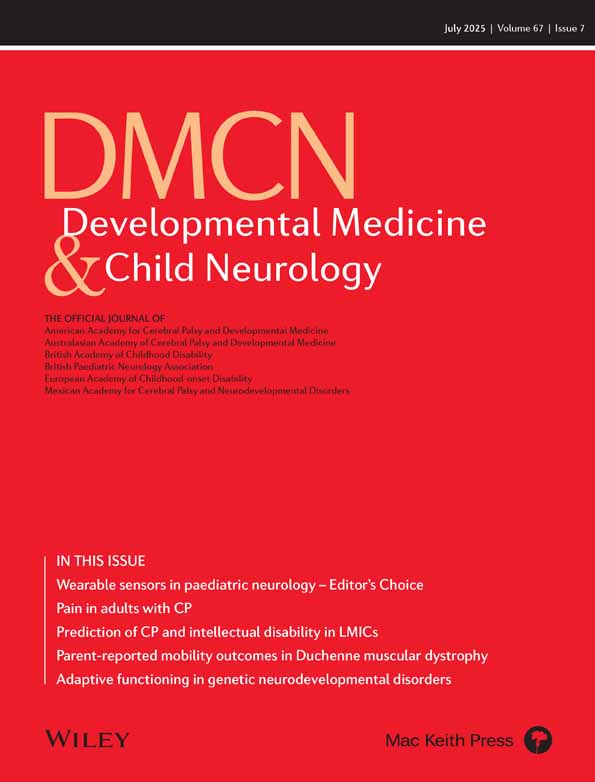Measuring what really matters: Why developing patient-reported outcome measures in Duchenne muscular dystrophy should involve patients and caregivers
This commentary is on the original article by Lowes et al. on pages: 918–929 of this issue.
Abstract
This commentary is on the original article by Lowes et al. on pages 918–929 of this issue.
For patients with Duchenne muscular dystrophy (DMD) and their caregivers, the last few years have been shaped by different and sometimes promising new potential therapeutic agents. However, none of these has yet brought a change as pivotal as we have seen, for example, in spinal muscular atrophy. And yet, one question has remained relevant whenever new trials and therapies are discussed. What is a clinically meaningful outcome to patients and caregivers, and how can this be represented in clinical trials?
One of the challenges in DMD is the onset of symptoms in early childhood and the slow decline of motor function with loss of ambulation in the early adolescent years. Therefore, reportings from patients themselves might be hard to capture. Lowes et al. report on the Patient-Reported Outcomes Measurement Information System (PROMIS), using parents as proxies.1 Results show that their model was able to discriminate between patients of different mobility levels. Now, is this the way forward, leaving time-to-stand and the North Star Ambulatory Assessment behind? And will these measurements be meaningful to patients?
There are several important reasons why developing patient-reported outcome measures (PROMs) in neuromuscular diseases has become a priority over recent years. Most importantly, only individuals with lived experience can tell how their everday lives are shaped by differences in motor function. But PROMs are also of increasing interest for all those financing healthcare. They want to know if what they pay for works. The answer to this will depend heavily on individual circumstances. An improvement in moving one finger can perhaps enable mobility in an electric wheelchair or make possible an occupation using assistive technology for communication.
Developing PROMs has been of interest not only in DMD. For example, Carlton et al. have recently published a study protocol on developing PROMs for health-related quality of life in amyotrophic lateral sclerosis, where the research team is complemented by a clinical advisory group and a patient advisory group.2 The same first author has also published an emerging framework for fully incorporating public involvement into PROMs.3 Having patients as research partners at all stages of the process is a priority in both publications.
Lowes et al. have previously published the results of a qualitative study to try and understand the DMD experience from the parent/patient perspective.4 This certainly is an important aspect of paying more attention to these voices. On the other hand, neither of their publications gives an explanation of how patients and caregivers were involved in the research itself, that is in discussing the research question, designing interview guides, and interpretation and validation of findings.
Involving patients and caregivers in developing meaningful research questions can be a first step to finding meaningful answers. Ultimately, research should aim at improving treatment and care for patients, and how could we do so without involving them? There are successful examples of how developing research priorities can involve patients, caregivers, and patient representatives within a large-scale process.5 We think that, likewise, developing PROMs should be an open, integrative process happening between researchers, patients and caregivers, and patient advocacy groups. Patients and caregivers have the unique lived experience that researchers, and industry and regulation authorities usually lack. We should make tapping into this lived experience a priority and invite patients and caregivers to the table, at all stages of the research process. This requires a culture change which is already ongoing – at different rates depending on the setting and country. Researchers and journal editors are important drivers for this change. They should make consequent and transparent involvement of patients and/or patient representatives the new normal. This will ultimately help us to measure what really matters.
FUNDING INFORMATION
Open Access funding enabled and organized by Projekt DEAL.
Open Research
DATA AVAILABILITY STATEMENT
Not required.




